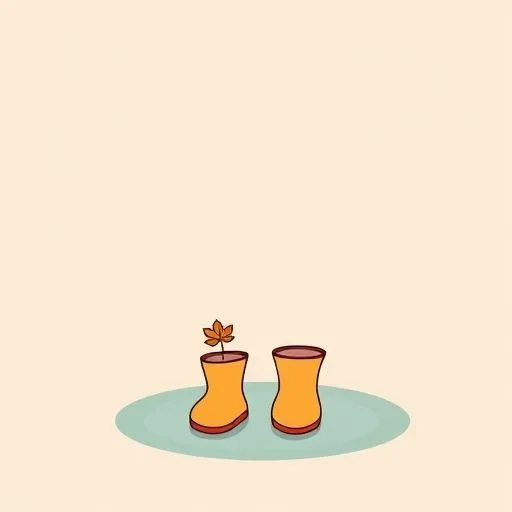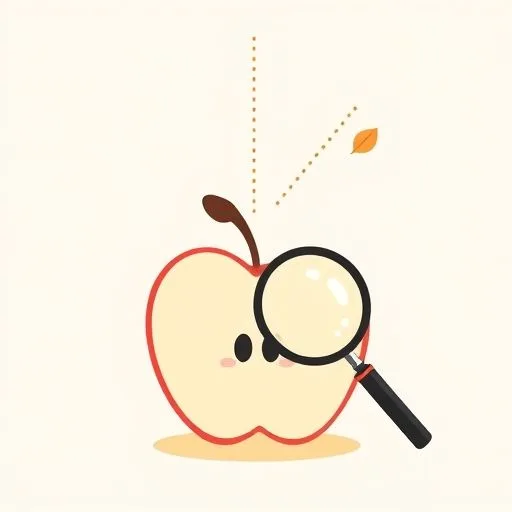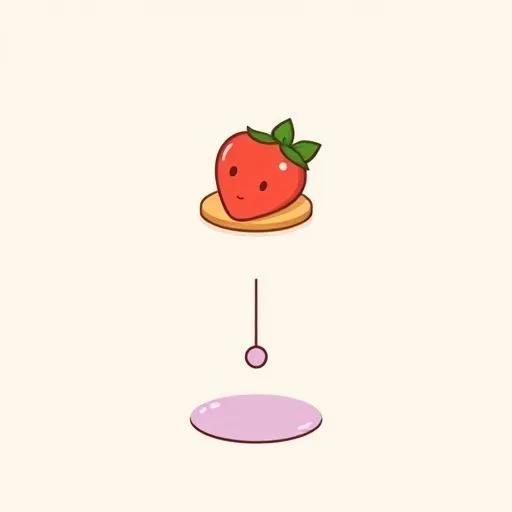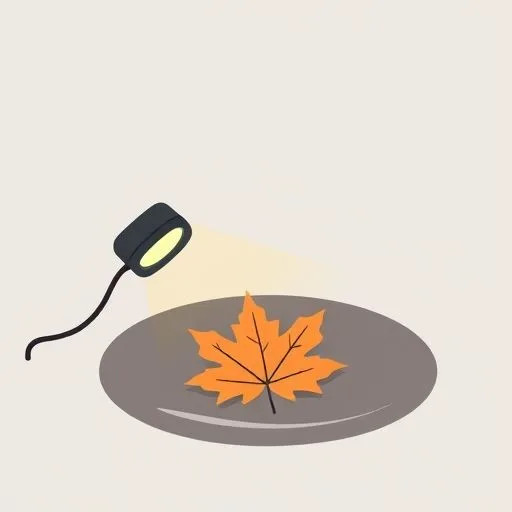
We’ve all been there. Your child fires off “why” questions like popcorn kernels hitting hot oil, and your hand drifts toward the tablet before you even think. It’s not laziness—it’s that split-second need to catch your breath while keeping their curiosity alive. But what if that tiny word “why” isn’t a demand for answers? What if it’s actually an invitation? Today, let’s talk about swapping screen reflexes for real-life wonder—where snack stains become science lessons and backyard puddles turn into exploration zones. No algorithms required, just you and your child’s brilliant mind connecting.
The Screen Reflex (And Why We All Do It)

Ever feel like you just need a moment when your kid won’t stop asking ‘why?’ That rush to grab your phone? We all do it, right? When questions cascade like rain on a tin roof—’Why do leaves change color?’ ‘How do ants carry food?’—it’s tempting to hand them a screen. We’ve all done it.
You’re mid-chaos, coffee cold, and YouTube seems like the only life raft. But here’s what I’ve noticed: those little ‘why’ questions feel like they never end, right? Yet when we pause and say, ‘Let’s find out together!’ something shifts. Suddenly it’s not about frantically searching for answers—it’s about sharing the hunt.
Like that time my daughter asked why apples turn brown. We skipped the video and sliced one ourselves. Two minutes later, we were comparing lemon juice to vinegar on apple halves, sticky fingers and all. The real magic? She still talks about ‘our apple experiment’ years later.
You might catch yourself thinking, ‘Do I really have energy for this right now?’ We’ve all been there. But trust me—it’s not about perfect experiments or textbook answers. Sometimes the messiest moments become the best memories.
That tiny pivot—from screen to tabletop, from ‘I don’t know’ to ‘Let’s see’—is where real connection begins.
Snack Time Science (No Lab Coat Needed)

Snack time turns into a science experiment when your kid asks about apple colors—and you go with it. Picture this: crackers on the table, juice boxes sweating, and the question drops—’Why is this strawberry red?’ Your hand twitches toward your phone. But stay with me.
What if you grab that strawberry instead? Press it gently: ‘Feel how squishy it is? Let’s see what happens if we put it in water.’ Suddenly snack prep isn’t chaos—it’s discovery. Those random questions that seem silly might actually be sparking real learning. And honestly? It’s way less draining than scrolling for ‘educational content.’
Here’s the tender truth: sometimes you’ll feel exhausted by the ‘whys.’ That feeling when your child’s curiosity exhausts you but also fills you with pride? Yeah, that one. On days when even stirring yogurt feels heavy, try the ‘one-minute wonder’ trick.
Spot a ladybug on the window? ‘Why do you think it has dots?’ Set a timer. When it dings, you’re both free—but you’ve just planted a seed of curiosity that grows into lifelong wonder. The beauty is, kids remember the adventures more than the perfect answers. They’ll recall how you leaned in, juice-stained and present, not how polished your explanation was.
Your Backyard Is a Hidden Classroom

What if our backyard became our lab instead of using YouTube? Think about it: puddles after rain aren’t messes—they’re physics lessons. Fallen leaves aren’t chores—they’re texture museums. I tried this last week when my daughter asked why worms come out after storms.
We skipped Google and headed outside with a flashlight. Ten muddy minutes later, we were crouched in the garden, whispering like explorers. She’s asked about soil daily since. That’s the thing about learning through doing—it sticks because it’s real. No video can replicate the smell of wet earth or the thrill of spotting a real creature.
Let’s be real—you won’t always feel up for backyard expeditions. Some days, the ‘why’ marathon feels endless. How do we keep our patience when the ‘whys’ keep coming? Maybe by remembering: it’s not about answering everything.
It’s about saying, ‘Wow, that’s a great question. Where should we look first?’ Imperfect moments with our kids often teach the most perfect lessons. Like letting them stir pancake batter lopsidedly or watch ice melt on the driveway. The magic isn’t in the right answer—it’s in exploring together.
And honestly? Those unplanned, unscripted moments—the spilled milk investigations or cloud-watching debates—they’re the ones that quietly build resilient, curious humans.
Source: AI Goes Mainstream as Nearly Half of Retail Brands Now Use It Weekly, Newsweek, 2025/09/11 13:00:01
